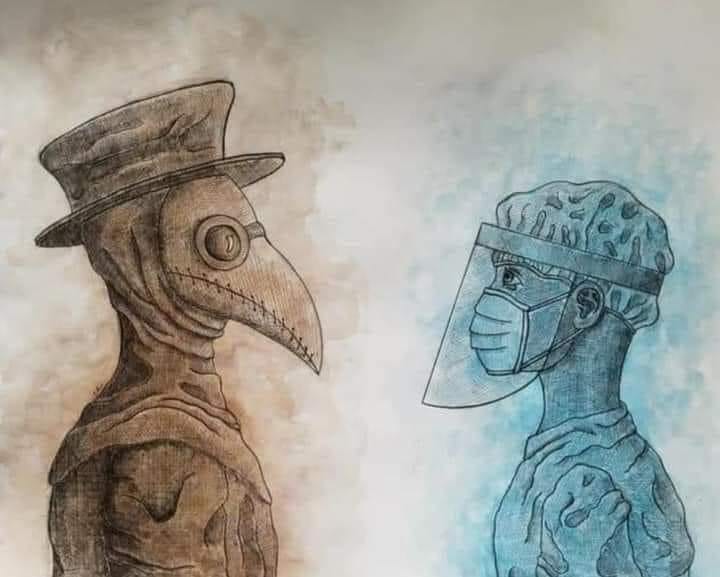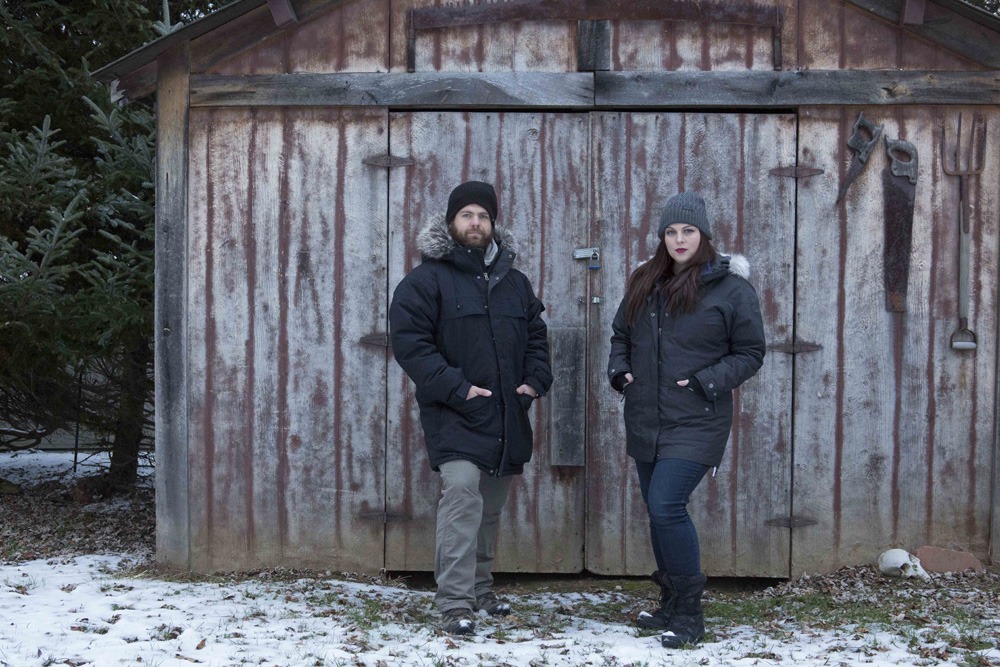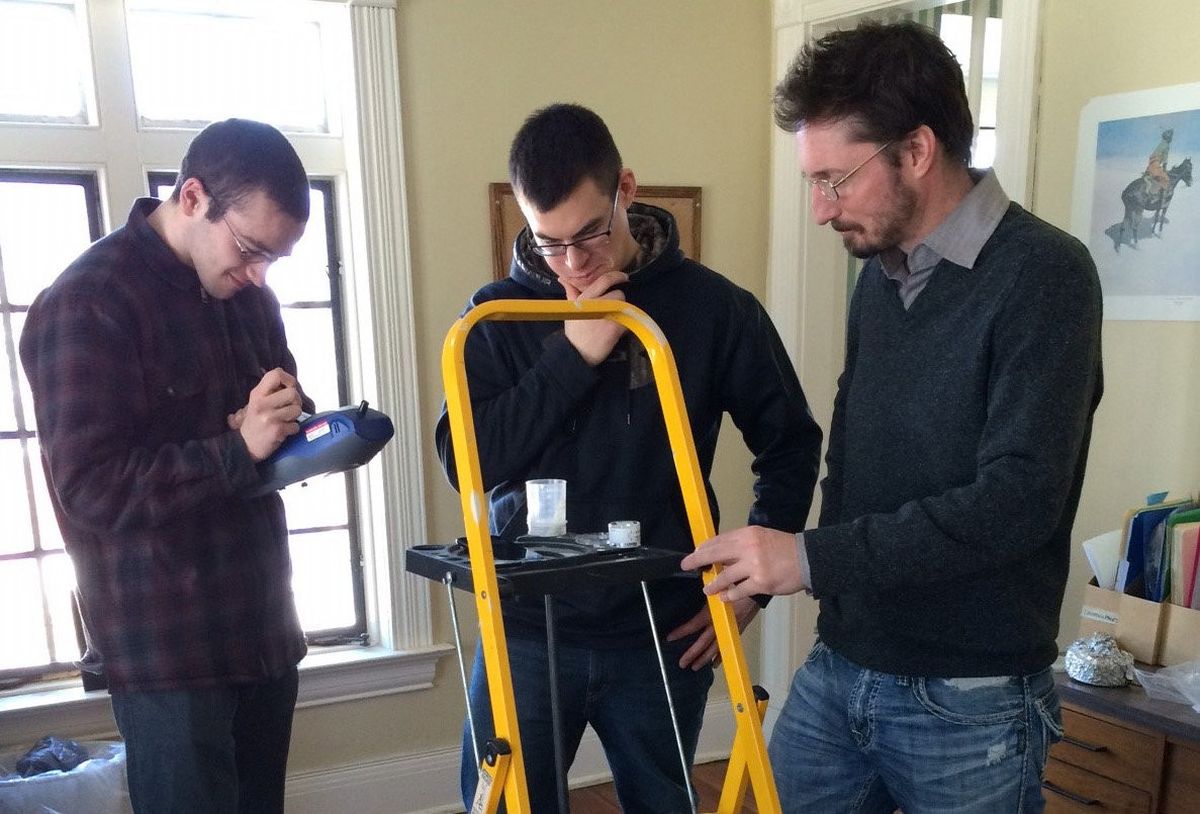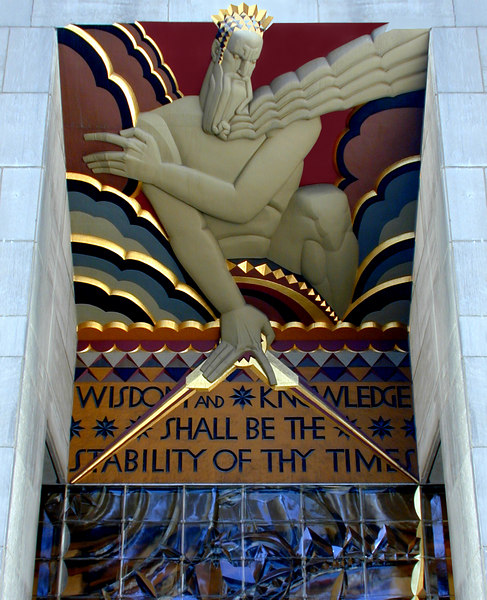The word leprosy is derived from the Greek lepra, which means spotted or stained and represents an ancient illness and disease known for millennia. Whole cities, houses, and even entire islands worldwide up until the 1900s were specifically designated by government and church authorities to segregate the sick lepers from the rest of the healthy population.

Not only people could get leprosy, but also their clothes and homes would become leprous via green, white (lepra alba), and red spots that they had to destroy if the stuff did not keep growing. I contend that this disease, medical practices, and remediation techniques have been carried out well over 2,000 years up until this very day.
The Father of Medicine, Hippocrates, calls it “the Phoenician disease,” and Galen said it was “elephantiasis.” I believe it is really a fungal disease due to Toxic Molds. What the CDC called last week, “Transmission of Pan-Resistant and Echinocandin-Resistant Candida auris in Health Care Facilities ― Texas and the District of Columbia.”
In studying the etymology of leprosy before the Greeks had called this disease lepra, the Phoenician Hebrews (Canaanites) had called it by the name tsara or tsarath in the Old Testament/Tora. The Coptic name for leprosy is tseht and the disease is described in the Papyrus Ebers as ukhedu. It is also mentioned in ancient Indian and Japanese history.
The Hebrew Tzaraath describes disfigurative conditions of the skin, hair of the beard and head, clothing made of linen or wool, or stones of homes located in the land of Israel in chapters 13–14 of Leviticus.
The first Old Testament mention of this disease is a sign given by God to the Hebrew Lawgiver Moses (Exodus 4:6 (Jahwist)), who was not only a king and priest but also a sick man with Leprosy aka Mold/Fungi. In the third Book of Exodus xi chapter, 4th verse, we learn, “Whence one cannot but smile at those who say that Moses was himself afflicted with the leprosy when he fled out of Egypt.”
Hence, Moses was expelled from Heliopolis on account of his being a leper (see also I, 26 and Ant, III, xi, 4). The second case is that of Miriam (Numbers 12:10), where the disease is graphically described (EP2).
The word tsara’at appears approximately two dozen times in the Hebrew Bible, almost exclusively in Leviticus, describing how it infects people, clothes, and people.
We find in the Greek Septuagint, the translation of the Hebrew Bible, negac tsara’at was translated in Greek as aphe lepras, and later in the Latin Vulgate, this became plega leprae. The word Tsara’at has continued to be translated as “leprosy,” even though the word leprosy was not known in the Mediterranean when the Hebrew Bible was written.
Other scholars have suggested that the proper translation of tsara’at is “mold or fungi” and I agree.
There is now a tremendous amount of science and research we have showing that molds contaminate (defile) buildings and cause respiratory distress, memory loss, and spots in the form of rashes, pimples, ulcers, and cancer in humans, and the fact that mold has been present since the beginning of time, validate the translation of tsara’at and the later lepra as “molds/fungi.”
These modern references can be compared to the Scripture like in Leviticus 14:45 to mildew defiling a place to live in, so drastic measures had to be taken.
In Leviticus, we learn an all-out effort by the ruling class and priesthood to cleanse Isreal of mildew/mold and leprosy, which seem to go hand in hand. Drastic measures were taken to inspect homes, people and make judgments or final inspection reports on all reported cases. If the home and people were found to have mildew or to contain leprosy, they were officially pronounced unclean and set for destruction and/or banishment from the community.
Today, leprosy can be compared to the Corona Virus/COVID, or what I feel is more appropriate, toxic mold/Super fungus that the Centers of Disease Control (CDC) is calling, “Transmission of Pan-Resistant and Echinocandin-Resistant Candida auris in Health Care Facilities.”
We can compare COVID patients to the Leper because people who contracted this disease were officially pronounced unclean (COVID positive) and were isolated from the community. The word unclean was a word that did not just describe a person who was infected, but it was what they did and how they lived that caused the disease. The English word unclean is derived from the Greek akathartos; impurity (the quality), physically or morally — uncleanness.
Also, people who have COVID have similar symptoms in Leviticus 13; 14; Numbers 12:10-15 under which the disease might develop itself:
- Without any apparent cause (Leviticus 13:2-8)
- Its reappearance (9-17)
- From inflammation (18-28)
- On the head or chin (29-37)
- In white polished spots (38, 39)
- At the back or in the front of the head (40-44)
Like leprosy, COVID and certain pathogenic fungi also cause inflammation in victims, with the main feature being lung inflammation and respiratory failure caused by an overexuberant immune response. This may lead to “multisystem inflammatory syndrome in children (MIS-C) , which is a serious condition associated with COVID-19 where different body parts can become inflamed, including the heart, lungs, kidneys, brain, skin, eyes, or gastrointestinal organs.
COVID patients also get spots like lepers via red and white spots in the mouth and throat, and it also has the ability to reinfect people who have recovered from a previous illness. We are also treating modern COVID patients like we would the Lepers in the past. I assume soon, we may take this remediation program to the next level like they did back in the days of Moses when the Lepers were often banished to special cities and islands to be officially segregated from the rest of the world indefinitely.
You must distinguish between the unclean and the clean. – Leviticus 11:47

Moe is the founder of GnosticWarrior.com. He is a father, husband, author, martial arts black belt, and an expert in Gnosticism, the occult, and esotericism.



![How Theodore visited all places; how the Churches of the English began to be instructed in the study of holy Scripture, and in the catholic truth, and how Putta was made bishop of the Church of Rochester in the roam of Damianus [669 A.D.] | Book 4 | Chapter 2 How Theodore visited all places; how the Churches of the English began to be instructed in the study of holy Scripture, and in the catholic truth, and how Putta was made bishop of the Church of Rochester in the roam of Damianus [669 A.D.] | Book 4 | Chapter 2](https://www.gnosticwarrior.com/wp-content/plugins/contextual-related-posts/default.png)





hey moe, when did you write this article?
Hello, two weeks ago.